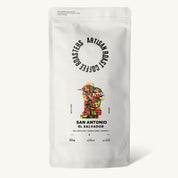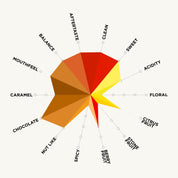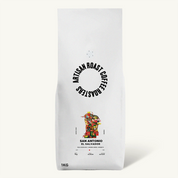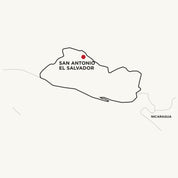You may also like
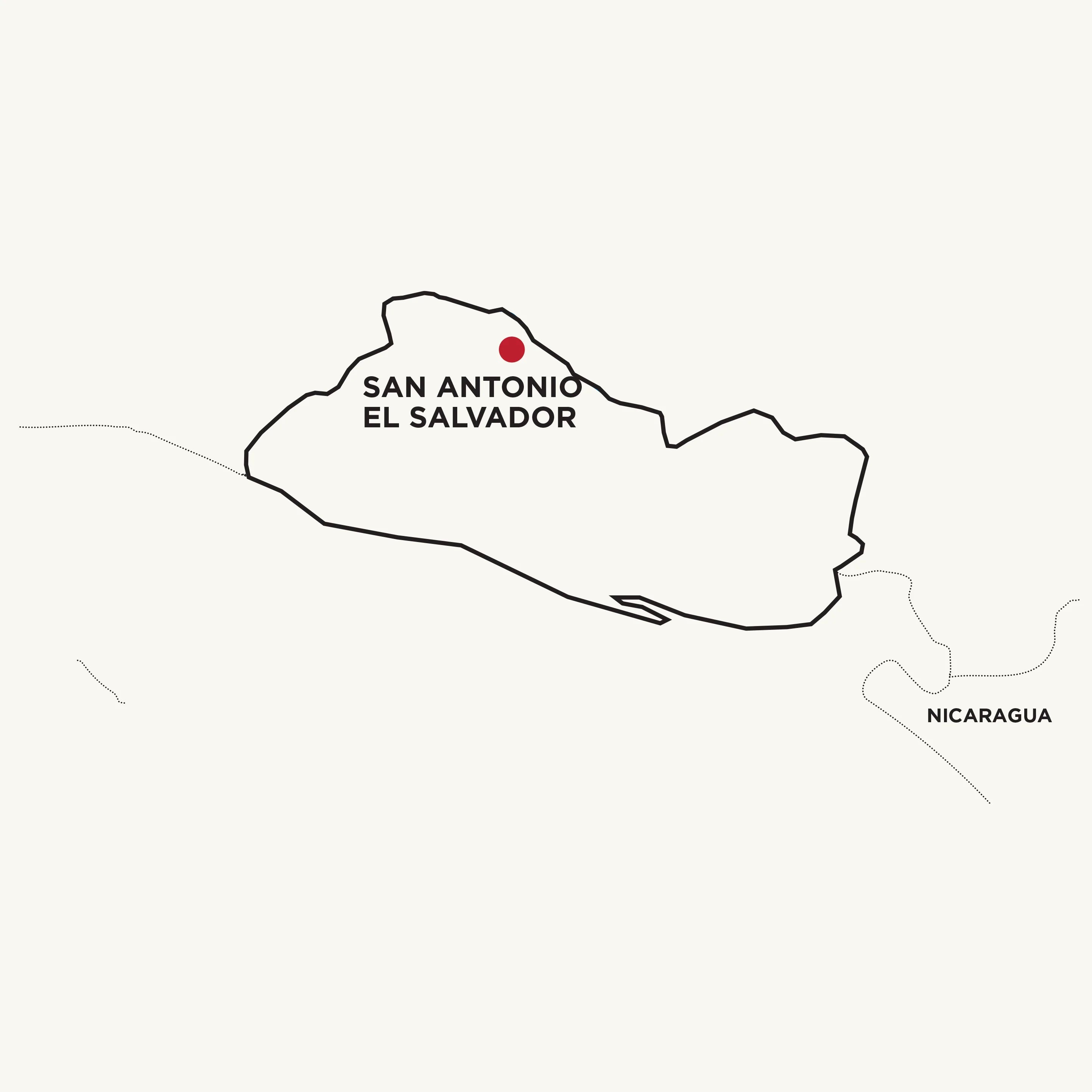
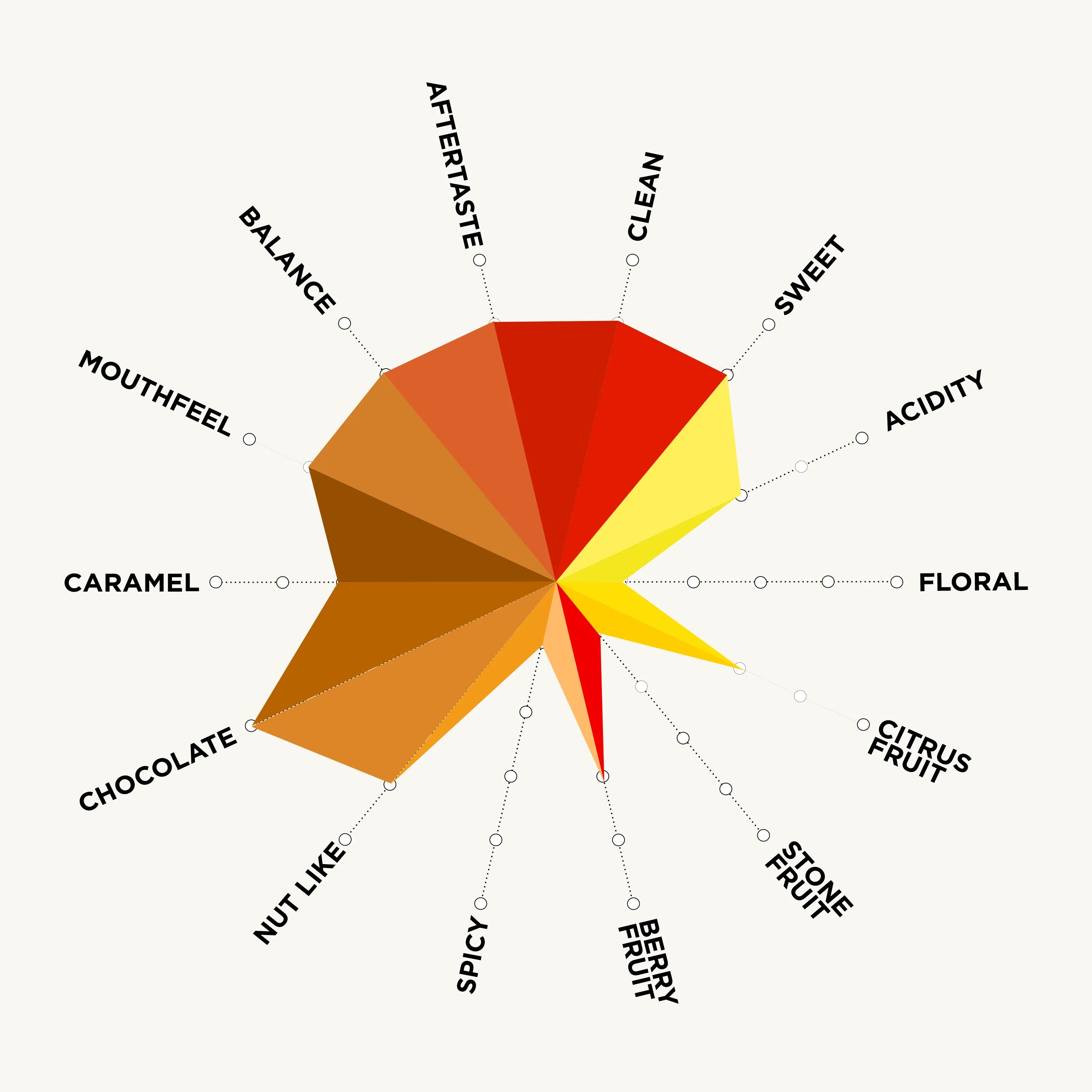
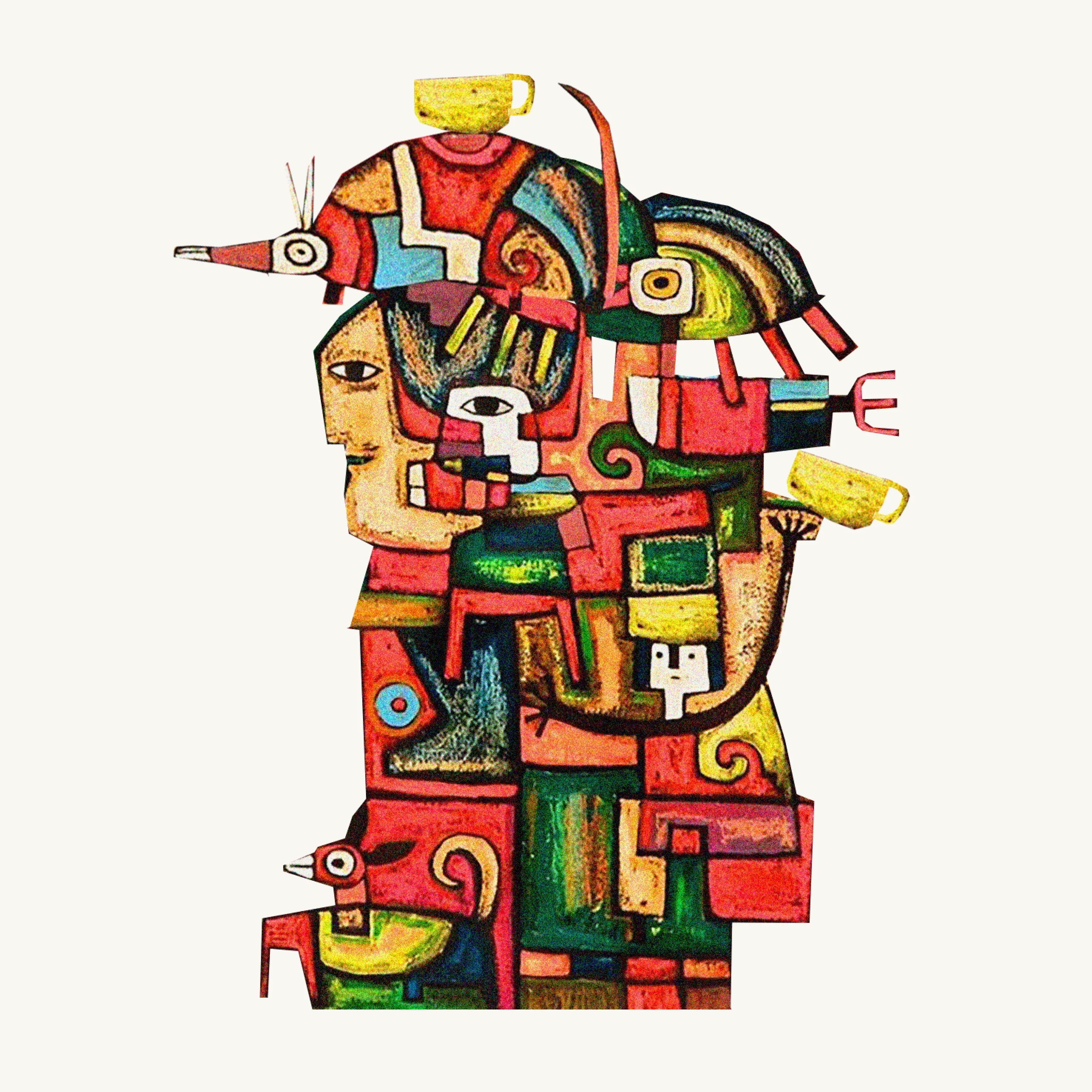
New customers save 10% with code WELCOME10
Sorry, looks like we don't have enough of this product.
Your cart is currently empty.

Roast Level: Medium
Type: Single-Origin
Origin: El Salvador , Central America
Region: La Palma, Municipality of Chalatenango
Farm / Producer: San Antonio / Johny Javier Lemus Valle
Altitude: 1500m asl
Cultivar: Pacamara
Process: Washed
Medium roasted, with chocolate, amaretti biscuit, dried fruit and candied lemon zest. A silky body and smooth cocoa finish adds to the dessert like feel.
The Best: Aeropress / Espresso
Great: V60 / Chemex
Very Good: French Press

More about Grinding and other useful brewing information here

The borderlands of north-east Chalatenango rise steeply through mountains toward the Honduran border, and are home to some of El Salvador’s most characterful coffees. Small family farms, often just a few hectares, cover the hillsides, where coffee grows under light shade in thinner mountain air. These conditions shape a profile distinct from the Pacific-influenced regions further west, giving Chalatenango coffees their recognisable structure and quality
Among the cultivars grown here, Pacamara holds particular importance. Developed in El Salvador in the 1950s by crossing Pacas with Maragogype, it produces unusually large seeds and a distinct sensory style. Of all the regions in the country it thrives in Chalatenango, so much so, it is as if the region is its spiritual home.

This medium roast emphasises Pacamara’s structural clarity while bringing out dessert-like flavours of chocolate and amaretti biscuit. A caramelised sweetness supports the foundation, layered with dried fruit and candied lemon zest. The extended roast develops depth, caramelising while preserving balance. A silky mouthfeel runs through the profile, and the finish is smooth with a lingering cocoa quality.

This micro-lot comes from San Antonio, the farm of Johny Javier Lemus. Over the past decade he has refined his processing to emphasise balance and clarity in his coffees and by choosing a washed process, Johny’s coffee is a Pacamara in its most transparent form. Structure, dessert-like sweetness and refreshing citrus notes are hallmarks of washed Chalatenango coffees, and this lot captures them in one.
You may also like
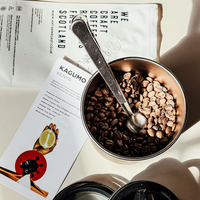
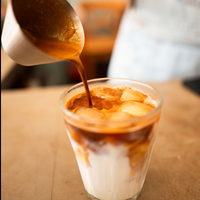

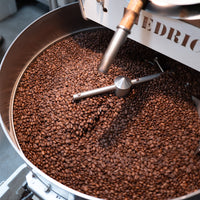

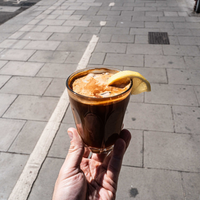
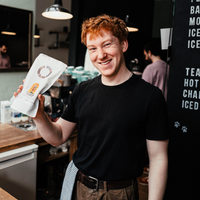

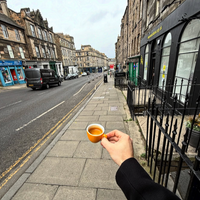

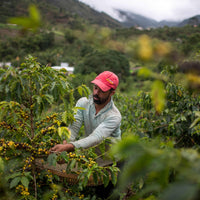

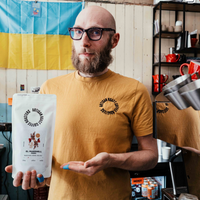
Designed by Mainlyphotography Studio
